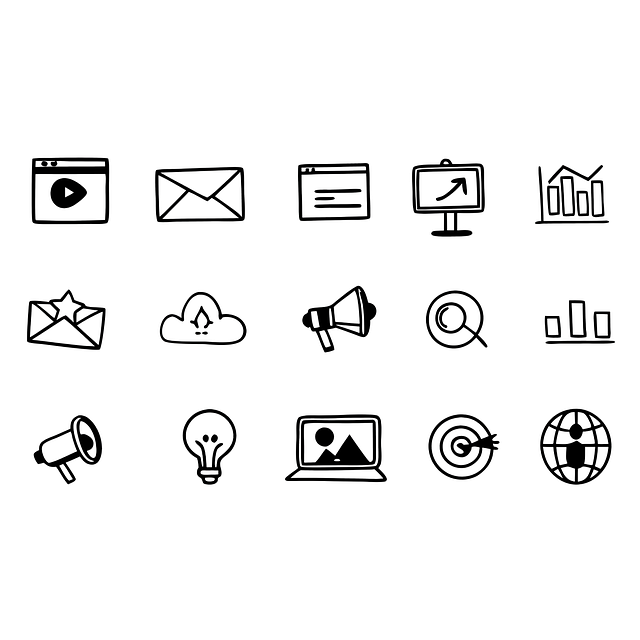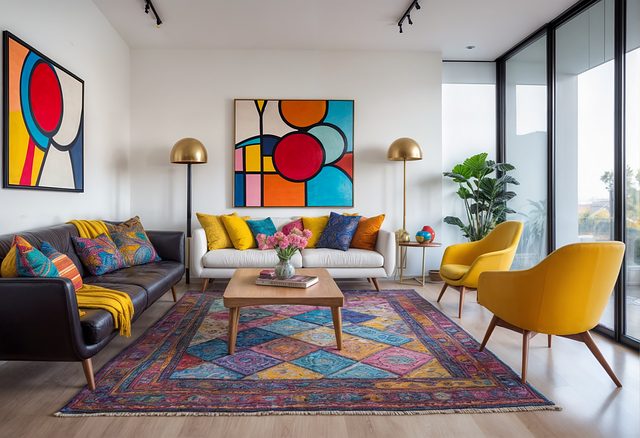Custom UI/UX design solutions empower businesses by creating unique digital experiences tailored to specific user needs and expectations. Unlike generic interfaces, these solutions prioritize intuitive navigation, visually appealing aesthetics, and user research to boost engagement, improve conversion rates, and foster brand loyalty. Through close collaboration between designers, developers, and stakeholders, custom UI design produces both aesthetically pleasing and highly functional interfaces, enabling businesses to stand out in competitive markets. Investing in tailored UI design enhances online presence and provides a significant competitive edge. Key components include consistent branding, responsive functionality, and user-centered design, driven by research and rigorous testing for continuous improvement based on user insights. Real-world examples highlight the substantial value of custom UI/UX design in boosting user engagement, conversions, and brand loyalty.
In today’s digital landscape, a standout user experience (UX) is paramount for business success. Custom UI/UX design solutions offer a powerful way to achieve this by creating unique, tailored interfaces that resonate with users. This article delves into the intricacies of crafting bespoke UX, highlighting its significance, key components, and the process behind it. We explore the manifold benefits of investment and illustrate successful implementations through compelling case studies, underscoring the transformative power of custom UI design.
Understanding Custom UI/UX Design Solutions

Custom UI/UX design solutions are tailored experiences designed to meet specific business needs and user expectations. In contrast to off-the-shelf interfaces, these solutions involve creating unique user interfaces (UI) and user experiences (UX) that align perfectly with a brand’s identity and target audience. By prioritizing user research, intuitive navigation, and visually appealing aesthetics, custom UI/UX design offers several advantages, such as increased engagement, improved conversion rates, and enhanced brand loyalty.
This approach allows businesses to stand out in competitive markets by providing users with personalized interactions. Unlike generic templates, custom solutions consider unique business requirements, ensuring that every element of the interface serves a purpose. This meticulous process involves close collaboration between designers, developers, and stakeholders to create not just visually pleasing designs but also highly functional and user-centric interfaces.
The Importance of Tailored User Interfaces

In today’s digital landscape, a well-designed user interface (UI) is no longer just an option—it’s a necessity for businesses aiming to thrive and stand out from the competition. Tailored UI design solutions are crucial in capturing and retaining users’ attention, ensuring they have a seamless and enjoyable experience while interacting with your product or service. A custom UI approach allows designers to create interfaces that align perfectly with a brand’s identity, target audience, and unique business requirements.
By focusing on the specific needs of a user base, custom UI/UX design solutions can significantly improve engagement rates and user satisfaction. This personalized touch ensures that every element on the screen serves a purpose, leading to intuitive navigation and increased user retention. In essence, investing in tailored UI design is an investment in a stronger online presence and a competitive edge in the market.
Key Components of Effective Custom UI Design

Custom UI design is more than just aesthetics; it’s about crafting user interfaces that seamlessly integrate with a brand’s identity and deliver an exceptional user experience. The key components of effective custom UI design include intuitive layout, consistent branding, and responsive functionality. A well-designed interface should guide users through a logical flow, making navigation effortless and natural. This involves careful consideration of hierarchy, placement of elements, and the use of whitespace to create a clean, uncluttered space that enhances usability.
Consistency is another vital aspect, ensuring that visual elements like colors, typography, and icons align with the brand’s guidelines across all platforms and devices. Responsive design, which adapts to different screen sizes and orientations, is crucial for reaching a broader audience. By prioritizing user needs and leveraging user research, designers can create interfaces that not only look stunning but also offer intuitive interactions, ultimately driving user engagement and satisfaction.
Process Involved in Creating Custom UX Experiences

Creating custom UX experiences involves a meticulous process that begins with understanding the user’s needs, behaviors, and preferences. Through comprehensive research, user personas are developed, mapping out different types of users and their goals. This foundational step ensures that the design aligns with real-world user requirements.
Next, designers conceptualize information architectures, organizing content and features in a logical and intuitive manner. Wireframing follows, where low-fidelity sketches transform into basic layouts, enabling stakeholders to visualize the initial design. Iterative feedback and refining lead to high-fidelity prototypes, incorporating interactive elements and visual aesthetics. Finally, rigorous testing ensures the UX meets its intended goals, offering seamless interactions and enhancing user satisfaction through iterative adjustments based on user feedback.
Benefits of Investing in Customized UI/UX Designs

Investing in custom UI/UX design solutions offers numerous advantages for businesses and developers. Firstly, it ensures a unique user experience tailored to specific target audiences, setting your product or service apart from competitors. Customization allows designers to create intuitive interfaces that align perfectly with user expectations, making interactions seamless and enjoyable. This level of personalization can significantly enhance user satisfaction and retention.
Additionally, custom UI/UX designs provide an opportunity for improved functionality and accessibility. Designers can address unique business requirements, incorporating specific features and workflows that streamline operations. By considering diverse user needs, including those with disabilities, customized interfaces can be more inclusive, ensuring a broader reach and better engagement.
Case Studies: Successful Custom UI/UX Implementations

Custom UI/UX design solutions have transformed the digital landscape, offering unique and tailored user experiences that set businesses apart. Case studies showcasing successful implementations highlight the power of this approach. For instance, consider a recent project where a complex financial platform redesigned its interface to cater to a younger demographic. Through extensive user research and iterative design processes, the team crafted a sleek, intuitive UI that simplified intricate investment options, making the platform more accessible and engaging for millennials.
This implementation resulted in increased user retention and positive feedback, demonstrating the impact of tailored UI design. Similarly, an e-commerce website optimized its checkout process through custom UX solutions, reducing cart abandonment rates by streamlining the payment experience. These real-world examples underscore the value of custom UI/UX designs in enhancing user engagement, improving conversions, and fostering brand loyalty.
